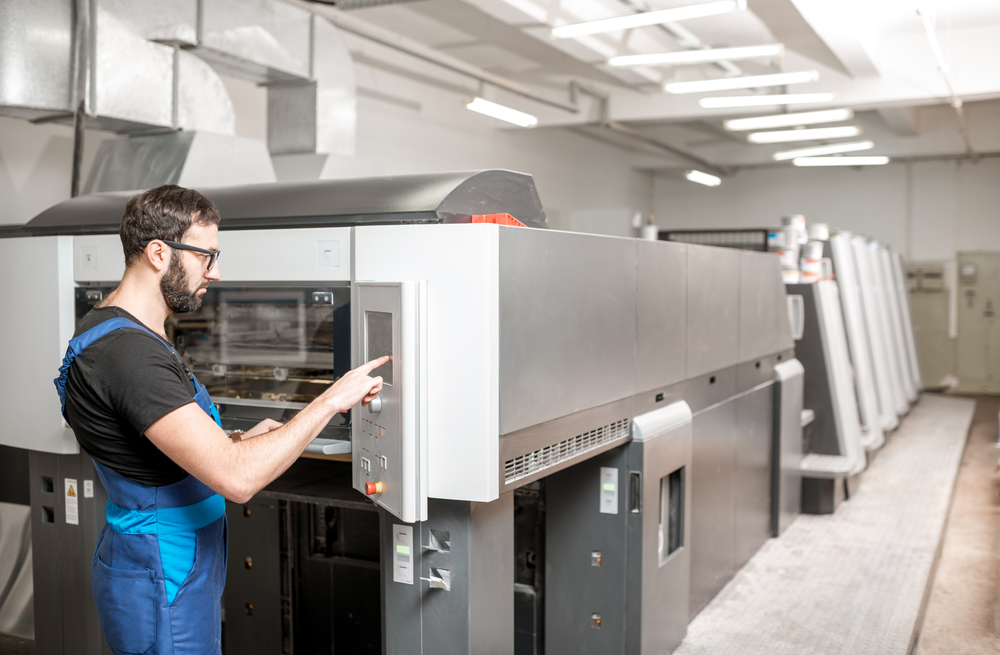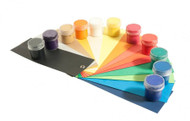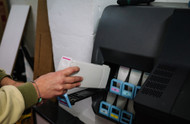14th Jun 2024
The Future of Solar Inks in Energy Printing
In the quest for sustainable and renewable energy sources, innovative technologies continue to emerge, reshaping the landscape of power generation. Among these groundbreaking developments, Solar Inks stand out as a promising frontier, casting a bright light on the future of energy printing.
- Summary
- Harnessing the Power of Solar Inks
- The Dynamic Nature of Solar Inks
- Advancements in Printing Technologies
- Environmental Impact and Sustainability
- Challenges and Future Prospects
Harnessing the Power of Solar Inks
Traditionally, solar energy has been captured through photovoltaic cells, converting sunlight into electricity. However, a new era is dawning with the rise of Solar Inks, a cutting-edge technology that combines the efficiency of solar cells with the versatility of printing processes.
Energy Printing is a revolutionary concept that envisions a world where everyday items, from clothing to packaging, can generate and store energy through embedded solar ink technology. Unlike conventional solar panels, solar inks are flexible and can be seamlessly integrated into various materials, opening up a myriad of possibilities for widespread adoption.
The Dynamic Nature of Solar Inks
One of the key advantages of Solar Inks lies in their adaptability to diverse surfaces and substrates. These inks can be applied to fabrics, plastics, and even paper, transforming everyday items into energy-generating devices. This flexibility paves the way for the creation of solar-powered products that seamlessly blend into our daily lives.
Imagine a world where your clothing not only serves as a fashion statement but also as a source of renewable energy. Solar inks make this vision a reality by allowing the incorporation of solar cells into textiles, turning garments into mobile power stations. This innovation could revolutionize the way we think about fashion, adding a layer of functionality that extends beyond aesthetics.
Advancements in Printing Technologies
As Solar Inks continue to evolve, advancements in printing technologies play a crucial role in maximizing their efficiency. Techniques such as screen printing, inkjet printing, and even 3D printing are being optimized to accommodate the unique properties of solar inks. These developments ensure that the integration of solar technology into everyday items is seamless and cost-effective.
The ability to print solar cells on a large scale opens up opportunities for mass production, driving down costs and making renewable energy more accessible to the general population. This democratization of solar energy holds the potential to reshape the energy landscape, empowering individuals and communities to take control of their power generation.

Environmental Impact and Sustainability
The adoption of Solar Inks aligns with the global push towards sustainability and environmental consciousness. Traditional energy sources, reliant on fossil fuels, contribute significantly to environmental degradation and climate change. Solar inks offer a cleaner and greener alternative, reducing our reliance on non-renewable resources and mitigating the environmental impact of energy production.
By incorporating solar technology into everyday items through energy printing, we can create a more sustainable future. This shift towards renewable energy not only addresses environmental concerns but also promotes a circular economy, where products are designed with longevity and recyclability in mind.
Challenges and Future Prospects
While the potential of Solar Inks in energy printing is immense, challenges persist on the path to widespread adoption. Issues such as efficiency, durability, and scalability are areas of ongoing research and development. As the technology matures, addressing these challenges will be crucial in unlocking the full potential of solar inks.
Despite the hurdles, the future prospects of solar inks in energy printing are promising. Researchers and innovators are continually pushing the boundaries of what is possible, exploring new materials and techniques to enhance the performance of solar inks. With advancements in nanotechnology and materials science, the efficiency and durability of solar inks are expected to reach new heights in the coming years.












